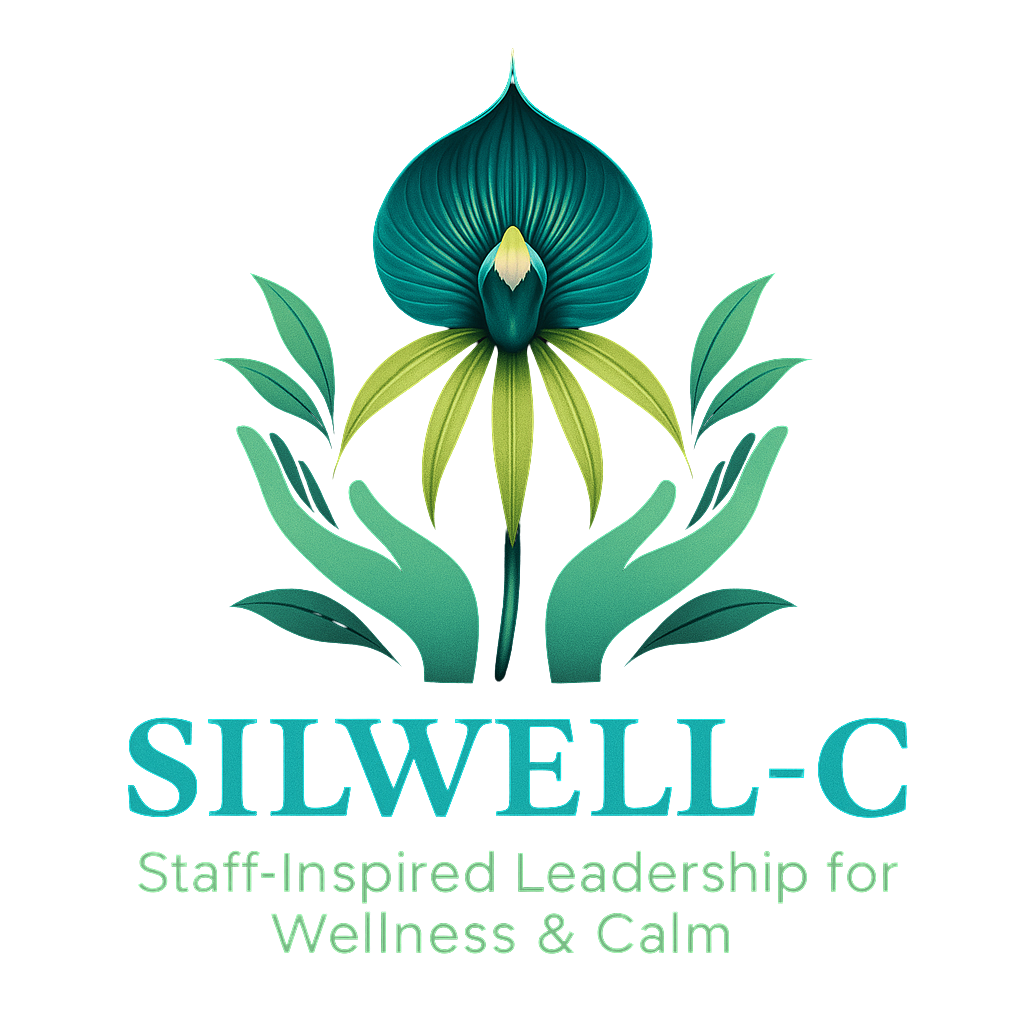Reconnecting with Your Own Peace and Softness
In stillness, renewal takes root. This space invites you to pause, breathe deeply, and let nature remind you of your own capacity to heal. From mindful outdoor moments to small acts of restoration, this mood supports quiet recovery and gentle self-repair.
“Healing is not becoming someone new; it is remembering who you were before the world convinced you to harden.”
Returning to the Safest Version of Yourself
Reflective Note: As you read, consider the parts of yourself that stepped back to survive, and how those parts might be invited back to lead.
When trauma shows up early in life, it doesn’t just change what you experience; it changes who you believe you are allowed to become. There was a version of me that once existed: a softer, freer, calmer version. But experiencing sexual trauma at a young age reshaped how I viewed the world and myself. Fear replaced safety, hypervigilance replaced curiosity, and survival replaced softness. Astrology says that Cancers are warm, outgoing, and emotionally expressive, and while I remained deeply family-oriented, my openness and willingness to be seen disappeared. Trauma made me reserved and cautious. I learned that hiding felt safer than being visible.
As I grew into leadership, strength became my armor, and directness became my protection. My default was to question motives and anticipate harm before it could happen. My mind never rested; it was constantly scanning, planning, and analyzing everything. That’s what trauma does: it puts your mind in a cage, keeping you alert even when you’re no longer in danger. One day, I realized that I was letting my past steal my present. I didn’t want the first fifty years of my life to define the next fifty. I wanted to lead with compassion, not defensiveness. I tried to stop merely surviving and start living.
For a long time, I believed softness was weakness, that if I let people get too close, I would be vulnerable to harm again. But I learned that people do not take advantage of you because you are soft; if they do, it reflects on them, not on you. Softness becomes a strength when you choose it intentionally, not as a default, but as a leadership decision rooted in confidence. Yet the same toughness that protected me for years did not always serve me in leadership. What once kept me safe sometimes became a barrier, especially in the workplace, where people often misunderstood my intentions or misinterpreted my protective nature as a lack of empathy. Trauma does not remove empathy; it overwhelms it.
Even though I have accomplished a great deal, I now recognize that trauma slowed my rise. It made me cautious in environments where confidence is valued and misunderstood in spaces where vulnerability is required. I once led only from survival, because that was the only leadership style I knew, but I have learned that peace is power, and softness is strength refined. Reclaiming my calm allows me to lead from my true self, instead of who trauma taught me to be.
Leadership Insight
Traumatic stress can shift individuals into persistent survival-driven behavior, which affects emotional expression and interpersonal trust. However, reconnecting with inner peace through emotional regulation, reflection, and supportive relationships can restore well-being and authentic leadership presence.
Research further shows that emotionally regulated leaders create healthier work environments, foster psychological safety, and allow others to show up more authentically within their roles.
This demonstrates that softness is not the opposite of strength; it is the elevation of it.
Reflection for Readers
• What version of you has been waiting to return?
• Do you lead from fear, or from your authentic calm?
• Where can you practice gentleness that still honors your strength?
Key Takeaway
The most powerful leadership transformation is when you stop protecting who you became
and start healing back into who you were.
Organizational Bridge to SILWELL-C
Every leader arrives with unseen wounds. Organizations that support emotional healing and self-regulation:
✅ Reduce stress-based decision-making
✅ Increase collaboration and trust
✅ Strengthen psychological safety
✅ Promote authentic connection and engagement
SILWELL-C helps leaders return to their calm center so that they can lead from peace, not self-protection.
Organizational Reflection
• How does your organization create space for leaders to decompress and heal?
• Are expectations rooted in productivity or well-being?
• What practices could support leaders in rediscovering their calm and confidence?
Where story meets science, strength grows through understanding.
• Kolacz, J. et al. (2021). Trauma and autonomic nervous system function: A review on psychological safety and emotional regulation. Frontiers in Psychology.
• Harvard Business Review (2023). Emotional regulation as a foundation for effective leadership.
• Cramer, H. et al. (2022). Long-term impact of trauma on personality and interpersonal behavior. Psychology Research.

